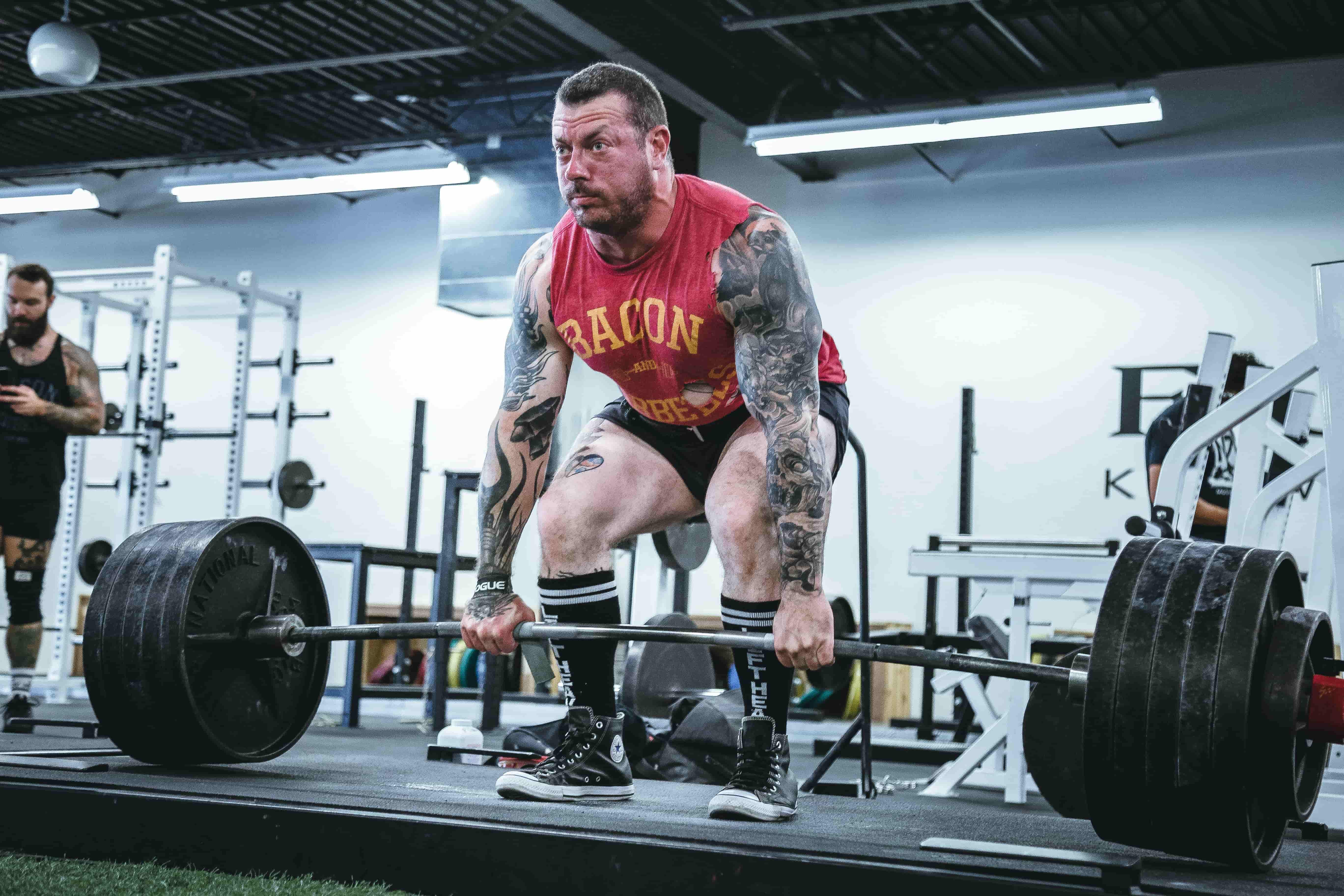
Today, we’re diving into the world of free weights—a versatile and effective way to build strength, improve fitness, and transform your body. If you’re a beginner, understanding the basics of free weight exercises is crucial. This post will guide you through fundamental exercises like squats, bench press, deadlifts, and rows, emphasizing proper form and safety techniques.
Why Free Weights?
Free weights, including dumbbells and barbells, offer a range of benefits over machines:
- Versatility: Use them for various exercises targeting different muscle groups.
- Functional Strength: Mimic natural body movements, enhancing real-world strength.
- Engage Stabilizer Muscles: Improve balance and coordination by requiring more muscle groups to stabilize the weight.
Essential Free Weight Exercises
1. Squats
Muscles Targeted: Quadriceps, hamstrings, glutes, lower back, and core.
Why They’re Important: Squats are a compound movement, meaning they engage multiple muscle groups. They’re essential for building lower body strength and overall fitness.
How to Perform:
- Setup: Stand with feet shoulder-width apart, holding a barbell across your upper back. Keep your chest up and engage your core.
- Descent: Bend your knees and hips, lowering your body as if sitting back into a chair. Keep your back straight and knees aligned with your toes.
- Ascent: Push through your heels to return to the starting position.
Common Mistakes to Avoid:
- Letting your knees cave in.
- Arching your back.
- Not squatting deep enough.
2. Bench Press
Muscles Targeted: Chest, shoulders, triceps.
Why They’re Important: The bench press is a cornerstone of upper body strength training, perfect for developing the pectoral muscles.
How to Perform:
- Setup: Lie on a flat bench, feet flat on the ground. Grip the barbell slightly wider than shoulder-width apart.
- Lowering: Lower the barbell to your chest, keeping your elbows at a 45-degree angle to your body.
- Lifting: Push the barbell back up to the starting position, fully extending your arms.
Common Mistakes to Avoid:
- Bouncing the bar off your chest.
- Flaring your elbows out too wide.
- Not keeping your feet flat on the ground.
3. Deadlifts
Muscles Targeted: Hamstrings, glutes, lower back, upper back, and core.
Why They’re Important: Deadlifts are excellent for building overall strength, especially in the posterior chain (the back side of your body).
How to Perform:
- Setup: Stand with feet hip-width apart, barbell over the middle of your feet. Bend at your hips and knees to grip the barbell just outside your knees.
- Lifting: Keeping your back straight, lift the barbell by extending your hips and knees. Stand up straight, shoulders back.
- Lowering: Reverse the motion to lower the barbell back to the ground.
Common Mistakes to Avoid:
- Rounding your back.
- Starting with the barbell too far from your body.
- Jerking the bar off the ground.
4. Rows
Muscles Targeted: Upper back, lats, biceps, core.
Why They’re Important: Rows are vital for developing a strong back, improving posture, and balancing upper body strength.
How to Perform:
- Setup: Stand with feet hip-width apart, holding a barbell with an overhand grip. Bend at the hips and knees, keeping your back straight.
- Rowing: Pull the barbell towards your torso, squeezing your shoulder blades together.
- Lowering: Lower the barbell back to the starting position.
Common Mistakes to Avoid:
- Using momentum to lift the weight.
- Rounding your back.
- Not engaging your core.
Safety Tips for Free Weight Training
- Warm-Up: Always start with a proper warm-up to increase blood flow to your muscles and reduce the risk of injury.
- Use Proper Form: Focus on technique over weight. Proper form prevents injuries and overtraining, and ensures you’re targeting the right muscles.
- Start Light: Begin with lighter weights to master the movements before progressing to heavier loads.
- Have a Spotter: Especially for exercises like the bench press, having a spotter can help you safely push your limits.
- Listen to Your Body: Avoid pushing through pain. If something doesn’t feel right, stop and reassess your form or consult a fitness professional.
Incorporating Free Weights into Your Routine
For beginners, start with a simple routine focusing on major muscle groups, here is an example:
- Day 1: Upper Body (Bench Press, Rows)
- Day 2: Lower Body (Squats, Deadlifts)
- Day 3: Rest or light cardio
Gradually increase the weight and intensity as you become more comfortable with the exercises.
Conclusion
Mastering the basics of free weight exercises is a crucial step towards effective and safe workouts. By focusing on proper form and gradually increasing your weight, you’ll build strength, improve fitness, and achieve your fitness goals. Download SocialPump today to track your progress, get customized workout plans, and join a community of fitness enthusiasts!
Remember, consistency is key. Stick with it, and you’ll see amazing results. Happy lifting!